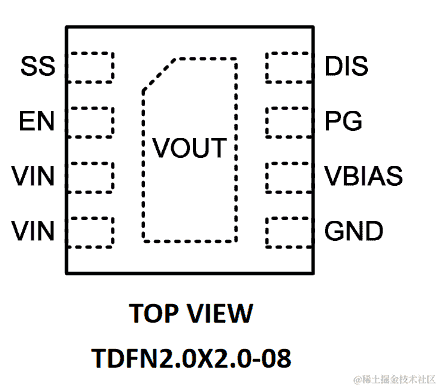Unlocking the Secrets of HBase Shell Permissions: A Comprehensive Guide
2023-11-30 20:26:47
In the realm of data security, Apache HBase emerges as a formidable force, empowering users with robust permission management capabilities to safeguard their valuable information. By harnessing this power, organizations can meticulously control access to sensitive data, ensuring that only authorized individuals can manipulate and view it.
Navigating the HBase Permission Landscape
HBase's permission system is a multi-faceted entity, encompassing a diverse array of roles, permissions, and access control lists (ACLs). This intricate tapestry of controls enables administrators to tailor permissions to their specific security requirements, ensuring that data is protected from unauthorized access.
At the heart of HBase's permission management system lies a fundamental principle: authorization is based on the intersection of user permissions and table permissions . This means that a user must possess both the appropriate user permissions and the corresponding table permissions to perform a particular action on a given table.
Unraveling the Role of Superusers
Within the HBase permission hierarchy, the superuser reigns supreme. This all-powerful entity possesses the ultimate authority, wielding the ability to perform any action on any table, regardless of the permissions assigned to other users or groups. However, with great power comes great responsibility, and the superuser role should be granted with utmost caution.
Demystifying User Permissions
HBase user permissions are categorized into three distinct types:
- Global permissions apply to all tables and namespaces within the HBase cluster.
- Namespace permissions apply to a specific namespace and all tables within that namespace.
- Table permissions apply to a specific table.
Each type of user permission grants a specific set of privileges, such as the ability to read, write, or delete data. By carefully assigning user permissions, administrators can fine-tune access controls to meet the unique needs of their organization.
Understanding Table Permissions
Table permissions mirror the structure of user permissions, with three distinct categories:
- Global permissions apply to all tables within the HBase cluster.
- Namespace permissions apply to all tables within a specific namespace.
- Table permissions apply to a specific table.
Table permissions provide an additional layer of control, allowing administrators to restrict access to specific tables based on user or group membership.
Harnessing Access Control Lists
Access control lists (ACLs) serve as the linchpin of HBase's permission system, enabling administrators to define fine-grained permissions for individual users or groups. ACLs can be attached to tables, column families, or cells, allowing administrators to control access to specific portions of data.
Embracing Best Practices for Permission Management
To ensure the efficacy of HBase's permission system, organizations should adhere to a set of best practices:
- Establish a clear and concise permission policy . This policy should outline the organization's security requirements and the corresponding permissions that will be granted to users and groups.
- Regularly review and update permissions . As the organization's security needs evolve, it is crucial to periodically review and update permissions to ensure that they remain aligned with the desired security posture.
- Use ACLs judiciously . While ACLs provide granular control over permissions, they can also introduce complexity. Administrators should use ACLs sparingly and only when necessary.
- Leverage authorization filters . Authorization filters can be applied to tables to dynamically control access to data based on user attributes. This can further enhance the security and flexibility of the permission system.
Conclusion
HBase's permission management system is a powerful tool that empowers organizations to safeguard their data from unauthorized access. By understanding the intricacies of user permissions, table permissions, and ACLs, organizations can configure a robust permission system that meets their specific security requirements. Embracing best practices for permission management ensures that data remains protected and that only authorized individuals can access it, ensuring the integrity and confidentiality of critical information.




